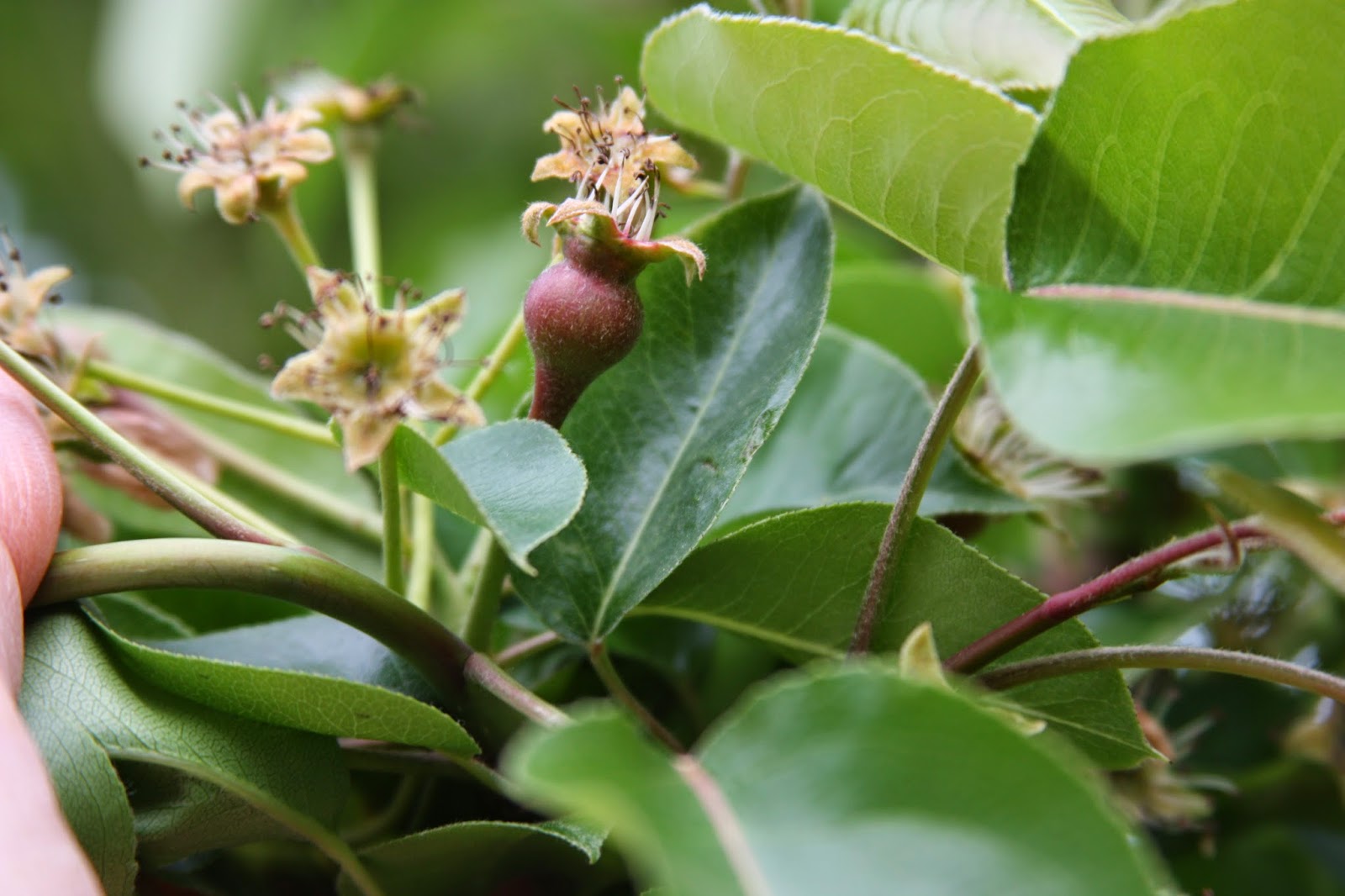Strawberry Begonias is Strawberry Geranium and Saxifragea Stolonifera

A gardening friend brought some of his Strawberry Begonia plants to an event we had here for fellow gardeners. I was dubious. He has full time gardeners. We have two retired people who are doing and learning as fast as they can - us. No helpers to weed, water, fertilize, etc. So I planted them in two locations to see if they would survive. They all did. In both locations. Without any special care or winter protection. Their range in the US is limited to zones 6 to 9 but like Impatiens and other Begonias we plant outside for the summer, they can be dug and divided to be protected over the winter and put back outside for the summer. From Asia originally, they prefer moist spots, spread across the ground with runners and tiny plantlets. Those delicate red runners and tiny plantlets really show off to advantage in a hanging container. Overwatering and too much sun will make Strawberry Begonias suffer so be sure the spot or pot is well-drained and out of full sun. GardenDaze One...

.JPG)
.JPG)


.JPG)
